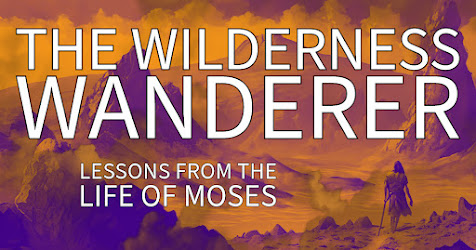On The Island of the Apocalypse

In the book of Revelation, at the end of the New Testament, we read these words: 9 I, John, your brother and companion in the suffering and kingdom and patient endurance that are ours in Jesus, was on the island of Patmos because of the word of God and the testimony of Jesus. 10 On the Lord’s Day I was in the Spirit, and I heard behind me a loud voice like a trumpet, 11 which said: “Write on a scroll what you see and send it to the seven churches: to Ephesus, Smyrna, Pergamum, Thyatira, Sardis, Philadelphia and Laodicea.” After this beginning, John the Revelator revealed an incredible vision that has confounded scholars and theologians for centuries. The book of Revelation has been the source of countless misinterpretations, bad theology, fevered visions of the future, not to mention the foundation of many of the strange ideas and beliefs that many Christians hold about the end of the world. John the Revelator's vision happened on the Greek island of Patmos, whic...














